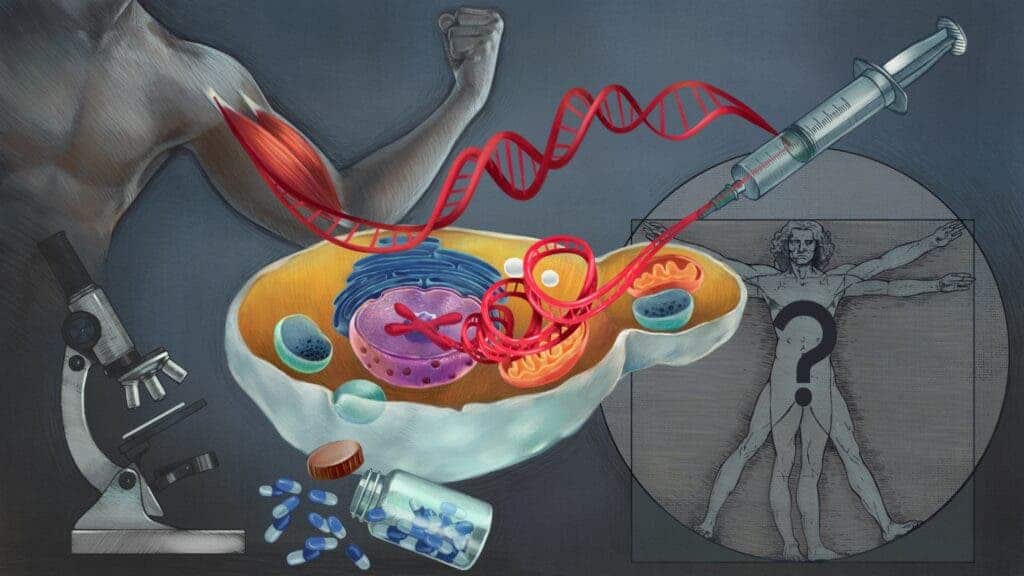
Making a human-yeast hybrid
We’ve known for years humans share remarkable molecular similarities with the microorganisms that live in yeast. Our genome has counterparts to one-third of yeast genes, and, on average, the amino acid sequences of comparable yeast and human proteins overlap by 32%. Basically, as a study showed in 2015, half of the yeast genes can be replaced by their human counterparts.
Now, researchers at the Delft University of Technology in The Netherlands have added a group of ten human muscle genes into yeast cells. These genes, without which we humans can’t survive, hold the instructions for a metabolic pathway that breaks down sugar to generate energy and create cellular building blocks inside the muscle cells, they explained. Studying how they behave in yeasts could help us understand how some of our mechanisms work.
Lead author Pascale Daran-Lapujade explained:
“It seems weird since yeast lives as single cells and humans consist of a substantially more complex system, but the cells operate in a very similar way,” she argued. As a result, scientists often transfer human genes into yeast in their studies.
“As compared to human cells or tissues, yeast is a fantastic organism for its simplicity to grow and its genetic accessibility: its DNA can be easily modified to address fundamental questions,” Daran-Lapujade said in a statement “Many pivotal discoveries such as the cell division cycle were elucidated thanks to yeast.”
Humanizing yeast
The researchers had already created synthetic chromosomes that can be used as a DNA platform for adding new activities to yeast. Now, they wanted to find out whether the cells could function as a whole after incorporating multiple genes and entire metabolic pathways. As it turns out, creating a humanized yeast was much easier than they expected.
For their experiment, they partnered up with the University Medical Center Groningen, where they compared the expression of human genes in yeast and in their native human muscle environment using lab-grown human tissue cells. This proved the properties of human enzymes produced in yeast and in their native human cells were strikingly similar.
The researchers believe there are many more similar processes between human cells and yeast that could be studied in humanized yeasts. Daran-Lapujade said she will focus on the fundamental and technological aspects of engineering yeast and doesn’t plan to study the application of humanized yeast, but left the door open to collaborating with other scientists interested in the tool.
“This is just the starting point. We can humanize yeast further and step by step build up a more complex human environment in yeast,” she added.
The study was published in the journal Cell.






